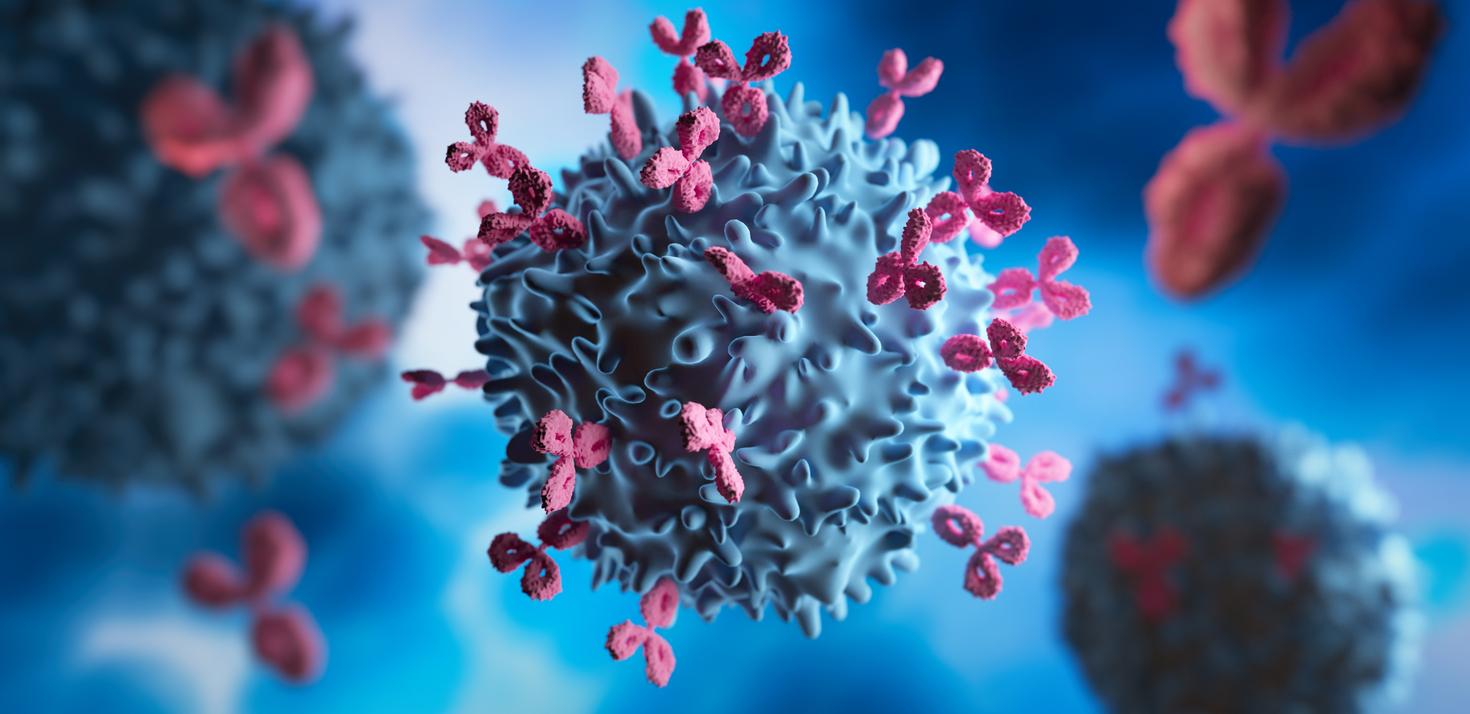To avoid the autoimmune effects of immunotherapies, American researchers have developed a patch that delivers antibodies directly to melanoma.

Immunotherapies are rapidly emerging in the pharmacopoeia. In melanoma in particular, anti-PD-1 antibodies have stood out for their good results. But their side effects, related to intravenous injection, are heavy. American researchers have therefore developed a local administration technique: a patch with tiny needles. They publish their preliminary results in Nanoletters.
An encapsulation system
Immunotherapy fights cancer by preventing it from escaping the immune system: it uses antibodies – such as anti PD-1 – which allow lymphocytes to identify and eradicate cancer cells. This strategy improves patient survival, even when they are at a metastatic stage. But the method comes at a high cost, and it is not just that of the drug. As the antibodies are injected into the blood, they don’t just target the tumor, which can cause serious side effects like autoimmune disorders.
The patch, developed by a team at North Carolina State University (USA), attempts to address this problem by adopting localized injection. Placed on the melanoma area, it is equipped with micro-needles loaded with nanoparticles. Inside these, the encapsulated anti PD-1 antibodies but also an enzyme which produces acid when it comes into contact with glucose.
Improved survival
The application of the patch on the melanoma triggers a cascade phenomenon: the blood enters the needles, causing the formation of acid which gradually degrades the nanoparticles. Thus, the antibodies are released into the tumor. “This technique creates a steady and sustained release of antibodies directly into the tumor,” summarizes Zhen Gu, co-author of the study.
Studies in mice have yielded conclusive results. The patch technique allows a more targeted and more effective treatment of melanoma than other immunotherapies. At 40 days, 40% of the mice under treatment survived disease-free.
Survival is further improved when researchers combined two immunotherapies: anti PD-1 and anti CTLA-4. Over a 40-day period, 70% of the mice survived without detectable melanoma.
.

















